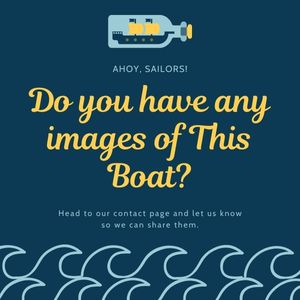Echo: 104ft Hollywood Worthy Scow
Build Date
1905
Boat Builder
William Brown & Sons
Length
104 feet 3 inches
Beam
25 feet 5 inches
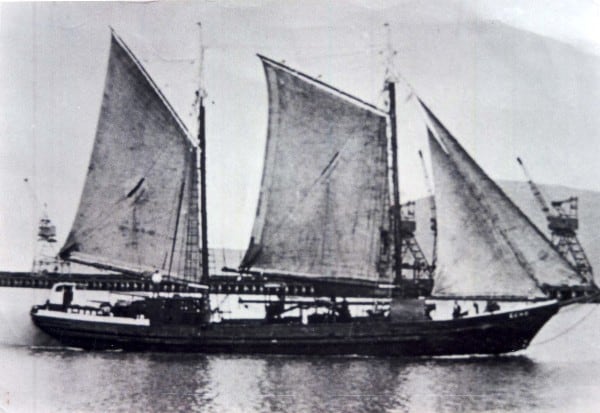
Building A.S. Echo
A.S echo was built in Te Kopuru on the bank of the Northern Wairoa River by William Brown & Sons in 1905. William Brown also owned Echo until 1907 along with the Karamea Steamship Co. Ltd., which owned Echo from 1905 until 1916 Charles Olsen skippered her for William Brown.
She was built out of triple skin kauri with two masts, shallow draft and a large centreboard that could be lowered to act as a keel or raised when travelling in shallow harbours. This also allows for two long holds on either side of the centreboard casing. Echo was set up as a topsail schooner-rigged hold scow and would become one of the largest two masted scows in NZ. Echo would also be one of the first scows to have an engine installed when she had a small Hercules 20bhp oil engine installed.
Echo was first built for the Kaipara timber trade and could carry 180 tons of cargo but also was used to transport coal and later meat between the Wairoa Freezing Works and Napier for Richardson & Co. She was also used to trade between Wellington and Karamea and is said to have traveled across the Cook Strait around 15,000 times, carrying almost anything you can think of including Ford cars and tractors.
Draft
6 feet 1 inch
Weight
125.75 GT 99.18 NT
Official No.
118978
Charles Ekford Echo
In 1920 Echo was brought by Charles Ekford and moved to Blenheim for the next 45 years (not including the war years). Ekford transported farm products to Wellington and returned with whatever cargo he could find including building materials, food products and fuel. They had to transport these goods not just across the Cook Strait which could be hairy but also down the Ōpaoa/Opawa river.
Ted and Ron Perano crewed on the Echo for Ekford at different times. They recalled the Ōpaoa/Opawa river could get overgrown with willows making it hard to get the Echo through without miss-hap. They recalled big willow branches getting caught up in the rigging and coming down on the deck. Sometimes these branches would go through the roof of a car being transported which must have been a hard conversation when you got to port. They also recalled that the Echo had to be loaded right or she would be difficult to steer which could result in them bouncing off the riverbanks as they went down the river.
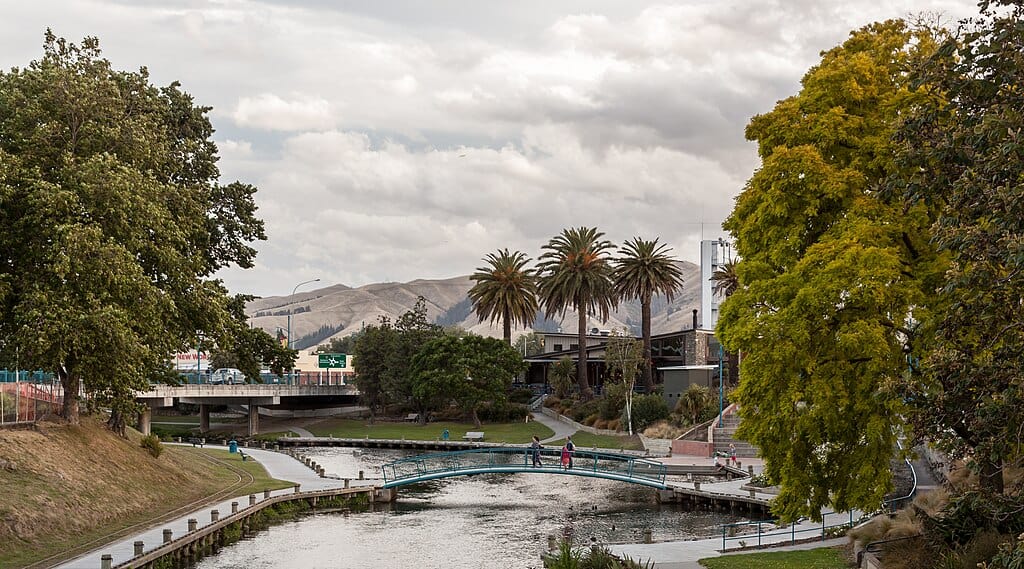
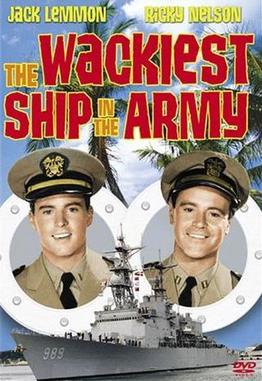
Echo During World War Two
In 1942 Echo was requisitioned by the government for war service and given to the US Army. Echo was renamed USS Echo and flew the American flag. She was based in Port Vila in the New Hebrides and was used to transport freight to New Guinea, Echo was also used to rescue American aircraft crews and allied troops in the Pacific. Like Tuhoe she was armed but where Tuhoe had guns Echo had two Oerliken light cannons. Despite going through aerial bombardments Echo survived the war and even helped find two Japanese submarines. A film about the USS Echo was made in 1965 called The Wackiest Ship in the Army. It is said that Hollywood approached the Echoes owners to use her in the movie but she was busy working so they used a different boat instead.
Echo Returns To Trading
After World War Two Echo returned to her normal work trading across the Cook Strait until 1965 when she was briefly laid up. Although Echo was still seaworthy she was dismissed from service. The ferries had pushed the trading scows out of business and Echo was actually one of the last scows to operate in NZ.
Her stint on the hard didn’t last too long as J. Gisby of Stewart Island brought Echo in 1965 to be the mothership for his fishing venture. But it does not appear to have been very successful so Echo returned to Lyttleton and was then purchased by R.A. Mason of Spring Creek to be his personal pleasure boat
After this her engines and equipment were removed and her hull was sold to the Echo Preservation Society for 1 shilling. This society planned to use Echo as a office and museum in Blenheim but this didn’t come to fruition so in June 1972 Echo was sold again. This time she was purchased by the Marlborough Cruising Club to be their clubrooms and towed to Picton with some difficulties down her favourite – the Ōpaoa/Opawa river.
The Marlborough Cruising Club was assigned a spot by the Marlborough Harbour Board. They put her on bearers on the hard, covered the hull with preservative and did some work on her structure.
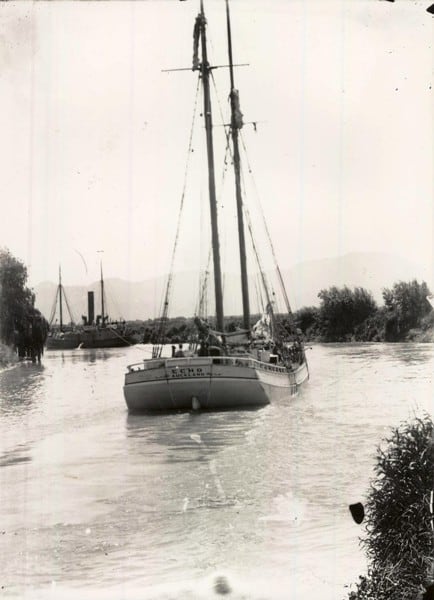
Echo Becomes A Cafe And Eventually Meets Her End
In 1992 her ownership changed again with Tim and Denise Dare purchasing the Echo. They completed restoration work on Echo and turned her into a café and bar with an exhibition about the history of NZ’s scows inside. In December 2005 Echo was advertised for sale.
It is believed Port Marlborough took ownership of Echo in 2014 but she had already fallen into disrepair. During Echoe’s working years she developed a bit of a reputation as she was involved in thirty-four incidents. She ran aground twice, had three fires, seven collisions (including one time she collided with an outhouse on Ōpaoa/Opawa river!), lost one crew on the Kaipara Bar and was stranded at least 15 times but her end would come not from a dramatic event but from the slow decay of time.
The Projects Manager at Port Marlborough, Rose Pendeville stated in 2015 that the Echo was “well and truly beyond repair” before they purchased her. So they kept her on blocks on the hard in Picton whilst they waited for resource consent to demolish her. Port Marlborough consulted with the Marlborough Historic Society, the Edwin Fox Society and Marlborough Museum to preserve anything of historic value. This included the deck lights, port holes, the Echoes steering wheel and possibly some timber.
With resource consent and the valuable items removed, the demolition of Echo started in 2015 and was thought to take between two and four weeks.
References
To research the Echo we used Te Ara, The Prow’s article about the Echo, A Stuff article about the Echo’s demolition and the book A History of New Zealand Scows and Their Trades by David Langdon.
Related Posts
Venture – Blind Bay Hooker built by the Hadfields of Awaroa to be their trading vessel.
Orakei – 69ft scow built in 1892 which was sunk by the Puponga Coal Company and restored by the Hadfields.
Orini – 86 feet George Niccol scow built for the East Coast Co-op Freezing Co. Ltd. and lost at D’Urville Island.
MV Tuhoe – 97ft George Niccol trading Scow used during World War Two by the US Army.

